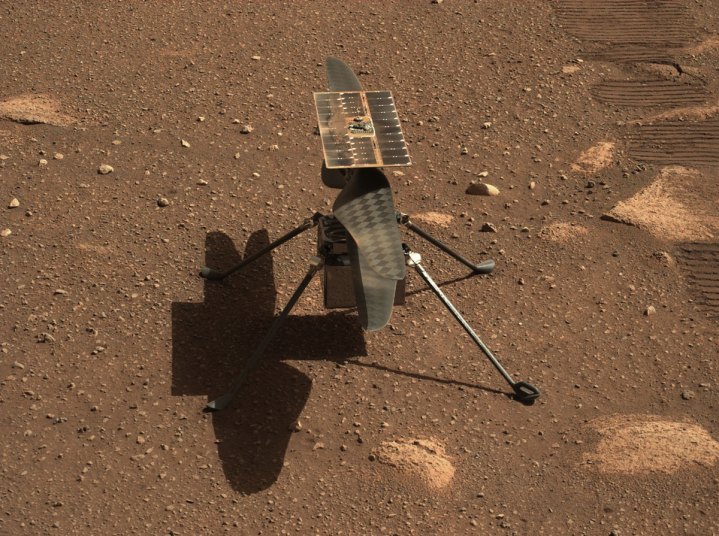NASA’s Ingenuity helicopter has captured the world’s affection with its explorations of Mars which have been far more successful than even the most optimistic predictions. But after 28 flights, the helicopter is beginning to suffer from the harsh conditions of the Martian winter.
With seasonal changes on Mars, there is more and more dust in the atmosphere, and that is causing problems for Ingenuity and threatening the helicopter’s future. That’s because dust gets whipped up in the thin atmosphere and settles on the helicopter’s solar panel, which lessens the amount of power it can collect from the sun. The helicopter already experienced an issue where communications with it were lost due to a lack of power, which had caused the helicopter’s internal clock to reset and which meant it missed its check-in with the Perseverance rover.

In a NASA blog post, Ingenuity Team Lead Teddy Tzanetos explained that the team expects Ingenuity to have ongoing power shortages throughout the Martian winter, which lasts until September or October.
“Challenges like these are to be expected: After hundreds of sols and dozens of flights beyond the five flights originally planned, the solar-powered helicopter is in uncharted terrain,” Tzanetos wrote. “We are now operating far outside our original design limits. Historically, Mars is very challenging for spacecraft (particularly solar-powered spacecraft). Each sol could be Ingenuity’s last.”
The main threat to Ingenuity is the cold. The heaters which keep Ingenuity warm at night use a lot of power, and as the nights are getting colder they are needed more. But with less power, Ingenuity can no longer run its heaters all night, so some of its components will drop below their nominal temperatures some of the time. This will damage the hardware over time, but it’s hard to predict exactly how long the components will last.
The team’s first priority now is to get all of the data off Ingenuity and copied over to the helicopter base station to ensure that as much data as possible is saved. Then they want to keep Ingenuity flying as long as possible. They plan to perform a test spin of the helicopter’s rotors before each flight, to check that everything is working and has not been damaged by the overnight cold. If the test looks good, they will be able to go ahead with flight 29 as planned within the next few days.
They will keep in daily communication with Ingenuity by contacting it each morning when it is most likely to have enough power to try booting up, in a process called a search activity. This lets them reset Ingenuity’s onboard clock and schedule any activities for the day, to make the most use of what power they have.
“All telemetry downlinked so far suggests that Ingenuity is healthy, with no signs of damage from the overnight cold cycles,” Tzanetos wrote. “This morning search followed by evening activities is our new normal for the immediate future.”



